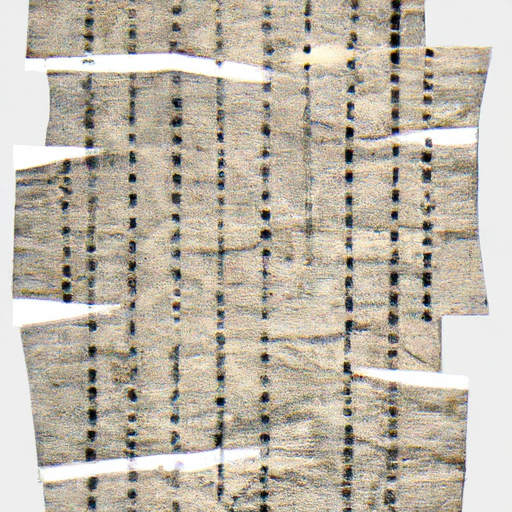Understanding the Debate Over Cursed Inscriptions in Ordinals
Ordinals and Inscriptions, two elements associated with Bitcoin, have sparked a heated debate among users. The discussion revolves around the topic of cursed inscriptions and the numbering system associated with them. This debate not only reflects a technical challenge but also raises questions about protocol development and how decisions are made within the community.
The Debate: What is it About?
The debate centers around how to address the issue of cursed inscriptions and their numbering within the Ordinals framework. Ordinal Theory defines the serialization and tracking of satoshis, with serialized satoshis known as “ordinals.” Inscriptions, chunks of data associated with ordinals, create a form of non-fungible tokens (NFTs) on the Bitcoin blockchain. While the concept seems simple, implementing the client for ordinals is complex, and as a result, numerous bugs and idiosyncrasies have surfaced.
One of the notable idiosyncrasies that have emerged is the numbering of inscriptions, which has gained popularity among collectors. However, the creator of Ordinals recently expressed concerns about how these numbers have created undesirable consequences and have hindered further protocol development. This prompted a heated debate within the Ordinals community, with different opinions emerging on whether to maintain or change the current numbering of inscriptions.
Why is this Debate Significant?
The debate over cursed inscriptions and numbering goes beyond its immediate implications. It is one of the first major community discussions on protocol decisions within the Ordinals framework. Additionally, it raises broader questions about how the protocol itself and the definition of an “Inscription” should be defined. The outcome of this debate could have far-reaching implications for the future development and sustainability of Ordinals.
The Case for Rethinking Inscription Numbering
There are several arguments for reconsidering the current approach to inscription numbering. One key argument is that maintaining legacy numbering complicates protocol development and reduces the likelihood of the protocol’s long-term survival. The intricate logic required to identify and track cursed inscription types demands custom hard coding and extensive community coordination, which can lead to governance disagreements.
Furthermore, committing to preserving inscription numbers could result in more scenarios requiring complex technical solutions and ongoing social coordination. Looking ahead, the primary use-case of inscriptions is expected to extend beyond collectibles and encompass functionalities such as rollups, state updates, and data preservation. Designing the protocol with these functionalities in mind, rather than focusing on collectibles, could lead to a more sustainable long-term solution.
Finding Middle Ground
While changing inscription numbering entirely may not be favorable to many collectors and collections, compromises and middle-ground solutions could be explored. This includes honoring
